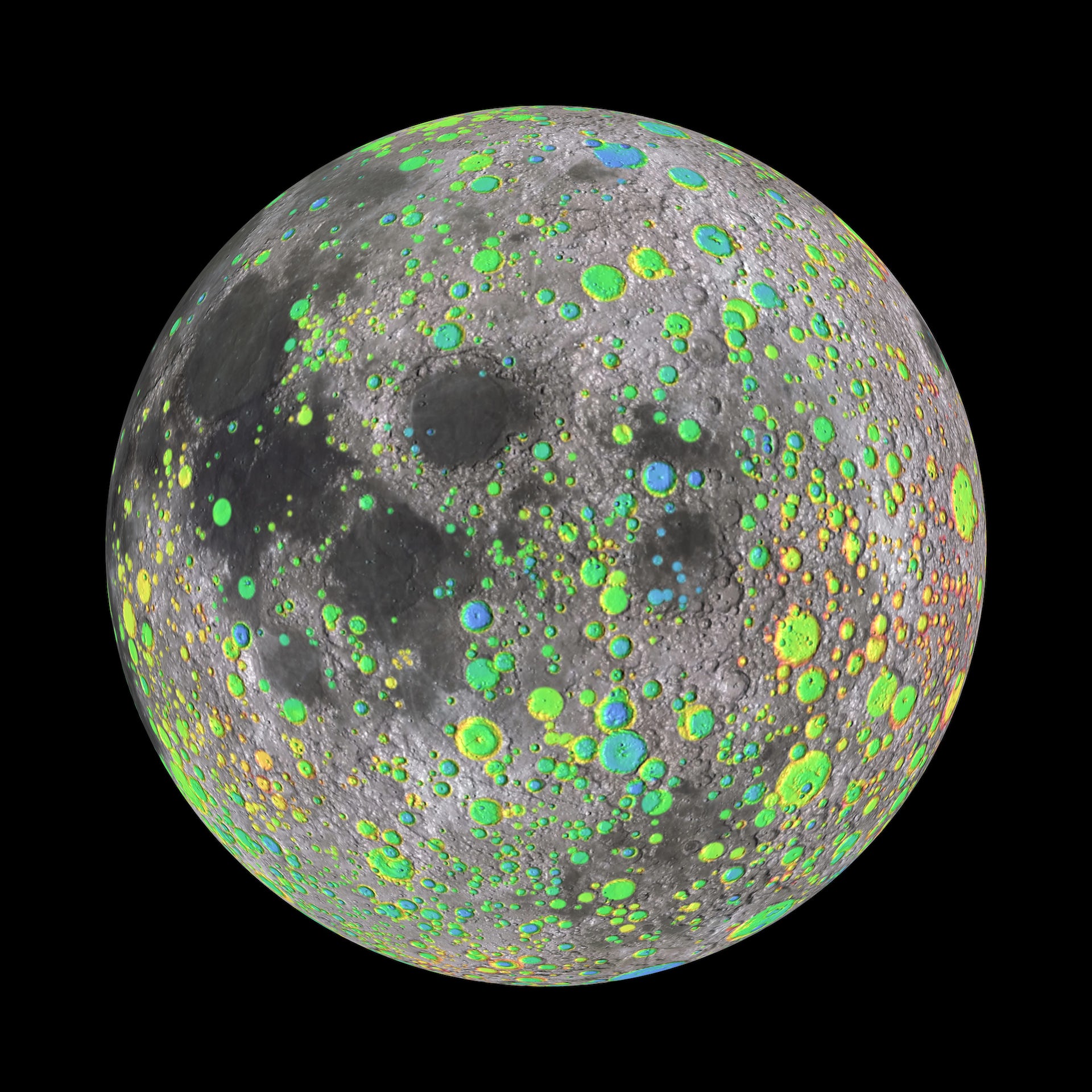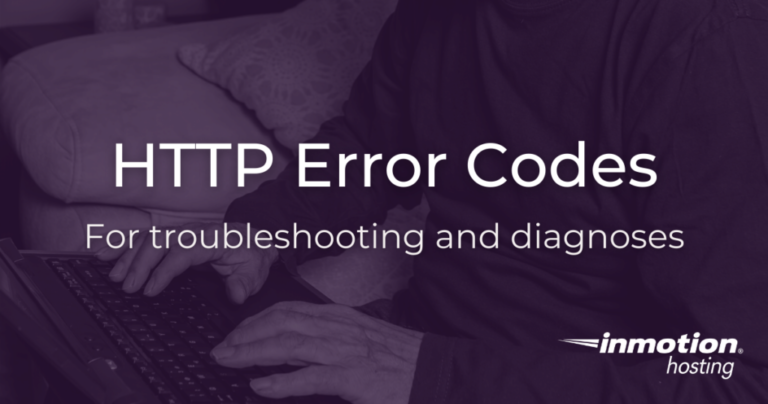Could human extinction this century truly have a 1 in 6 probability?
In 2020, philosopher Toby Ord published a book called The Precipice, which discussed the risk of human extinction. He estimated the chances of an “existential catastrophe” occurring within the next century to be one in six. This specific number gained attention and has been referenced by others, including Australian politician Andrew Leigh.
The concept of probability is important in understanding this estimate. Traditionally, probability is based on observations and repeated events. For example, when a weatherperson says there is a one in six chance of rain tomorrow, it means that historically, it has rained on one out of every six days following such a prediction.
However, when it comes to the probability of human extinction, there are no repeated events to base calculations on. Instead, we can look at parallel events to gain insights. For instance, by examining the number of asteroid impacts on the Moon throughout history, we can estimate the chances of an extinction-sized asteroid hitting Earth. French scientist Jean-Marc Salotti calculated the odds of this happening in the next century to be around one in 300 million.
Another approach to probability is Bayesianism, which focuses on our knowledge and beliefs about events. In this view, probabilities are seen as a ranking system. Ord’s book includes a table of potential extinction events and his personal estimates of their probability. From a Bayesian perspective, these values represent relative ranks. Ord believes that extinction from an asteroid strike is much less likely than extinction from climate change, and both are far less likely than extinction from “unaligned artificial intelligence.”
However, subjective estimates play a significant role in Bayesian probability calculations. Without observational evidence to confirm these estimates, they remain subjective prior probabilities.
The accuracy and usefulness of probability calculations can be evaluated based on calibration and discrimination. Calibration refers to the correctness of the actual values of probabilities, while discrimination refers to their relative rankings. Without observational confirmation, Ord’s estimates may not be well calibrated, but they can still provide useful relative rankings.
In public discussions, the psychological impact of a probability estimate may be more important than its calibration. The estimate of “one in six” has a significant impact and captures attention. A smaller estimate may be ignored, while a larger one may cause panic or be dismissed as exaggerated.
While it is important to address risks like climate change and nuclear proliferation, it is also crucial to educate people about the true meaning and appropriate usage of probability.






